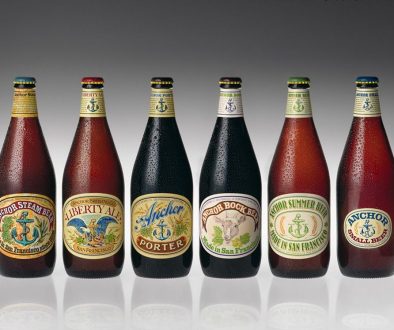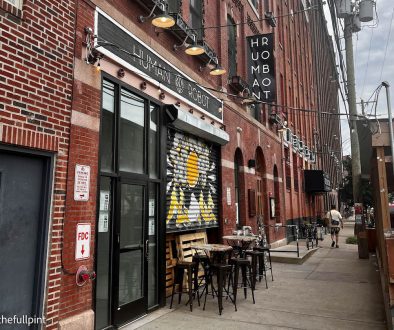Why A Brewer Might Up the ABV of Their Beer
 Earlier this week, Green Flash Brewing officially disclosed that it has tweaked the recipes of two of their flagship beers, Hop Head Red and West Coast IPA. While it’s not uncommon for brewers to make slight changes, whether it be hop substitutes or a minor change in malt bill, when a brewer boosts one of it’s beers from 7.0% abv. to 8.1% abv., the wheels in my head begin turning.
Earlier this week, Green Flash Brewing officially disclosed that it has tweaked the recipes of two of their flagship beers, Hop Head Red and West Coast IPA. While it’s not uncommon for brewers to make slight changes, whether it be hop substitutes or a minor change in malt bill, when a brewer boosts one of it’s beers from 7.0% abv. to 8.1% abv., the wheels in my head begin turning.
From Green Flash’s memo this week, and their memo announcing packaging changes, here are the reasons outlined why Hop Head Red and West Coast IPA were tweaked:
-
“In response to your demand for flavorful and extreme IPAs, we have boosted the flavor profiles..”
-
“Enhancing the beer’s overall hop aroma while emphasizing the beer’s citrus character.”
- “While other breweries are moving increasingly toward “session” ales, Green Flash is holding fast to their original brand promise: to deliver big, flavorful and assertive ales that lead the ranks within the specialty craft category.”
So all those things sound great. I first fell in love with Green Flash years ago because of the two beers mentioned as well as their Imperial IPA because of the boldness.
But here’s the question I have, and many others who have loved Green Flash beers. Why change something that’s not broke? Why change beers that are highly regarded. Both beers have gotten high marks from international rating sites BeerAdvocate and RateBeer. As mentioned in the bullet point above, Session Ales are the trend. So while I will take Green Flash’s reasoning at face value, why might a brewer want to up the alcohol by volume on a known hit beer?
My answer is longevity and durability. Last year, Stone Brewing Co. quietly changed their flagship Ruination IPA from 7.7% abv. to 8.2% abv. This does give it a little more longevity. Much like the folk lore of IPA, in which the stronger hoppier beer was born out of a need to make the journey from Europe to India, today’s landscape is not much different.
Rather than the beer needing to hold up to the travel to India, today’s craft beer goes from brewery to truck to warehouse then back on the truck then to the liquor store. From there, the beer is a black box from the brewer’s perspective. Will the liquor store or warehouse beverage retailer keep these beers in the back for a month collecting dust? Will they put them on display on a hot shelf because they aren’t educated about IPAs and living ales? Will they push them to the back of their fridge where they will live for a year unnoticed?
If you are a new craft beer drinker, and you read about this MEGA HOP BOMB that’s highly rated online, and when you go home and crack it, and it tastes like sweet tea with some vegetal, faintly spicy hops, you might be disappointed, and you might never pick up that brand again. Upping the alcohol and boosting the hop profile just might be the trick to preserving highly regarded recipes. If this is an unmentioned reason by Green Flash, it’s a brilliant one. I will be keeping an eye on other brewers the size of Stone and Green Flash to see if they follow suit on beers that have historically straddled the line between IPA and Double IPA.



